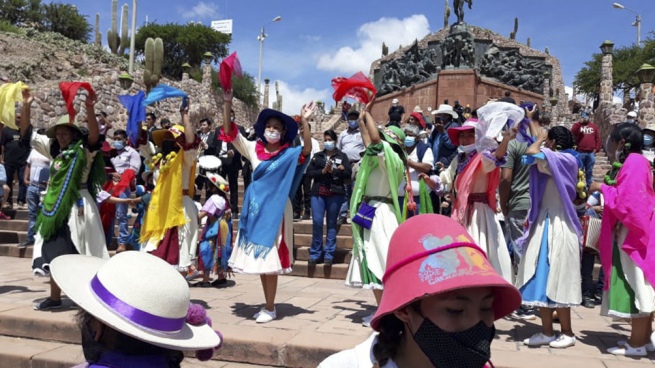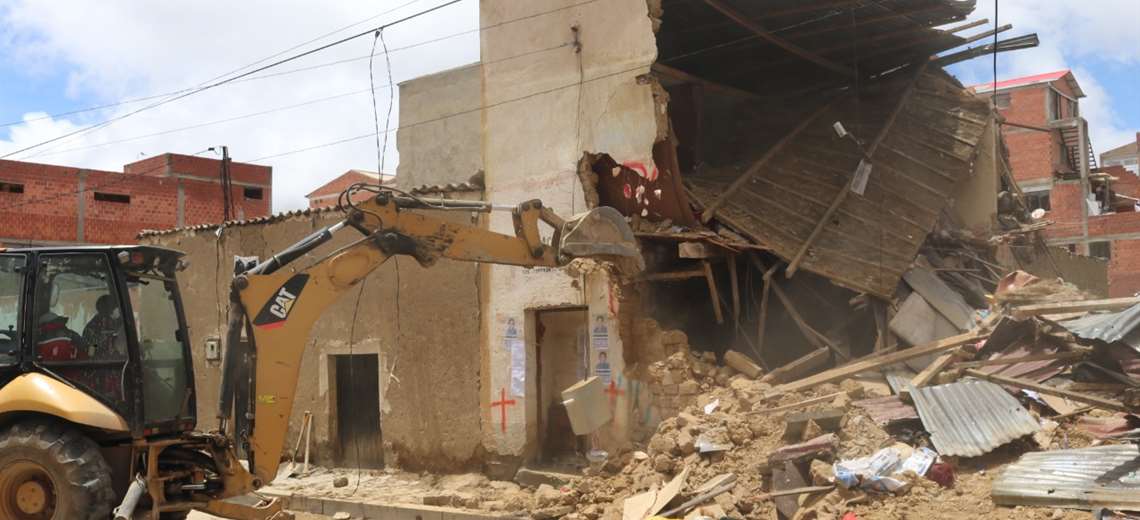One of the most characteristic songs of the Humahuaca ravine and that has transcended as an anthem for Jujeños in different parts of the world, “El Humahuaqueño”, was born more than 70 years ago by the work of its author, Edmundo Zaldívar, who was honored this Monday by local officials, relatives, musicians and residents of the region on the anniversary of his death.
Carnavalito Day is celebrated every February 7 in memory of the guitarist and composer from Buenos Aires (1917-1978) who raised the name and culture of Jujuy through lyrics and melody that quickly became popular and became a success.
“Quebradeño Carnival is coming, my cholita / Festival of the Quebrada Humahuaqueña to dance…”thus begins the iconic song of the northern carnival, a must in the repertoire of Jujuy or regional musicians.
“In 99% of the presentations we sing it, it is something like an inheritance that one has from our elders, something ancestral, without a doubt it is in the hearts of Jujeños,” he told Télam the folk musician and composer Tomás Lipán remembering Zaldívar and his great piece of music.
The singer from Purmamarca also assured that “there is like a reverence to that theme by which many people know Humahuaca, Jujuy and know the north of Argentina.”
Like every couplet he performs on stage, the Humahuaca carnival was always on his trips in the country and abroad, such as in Germany, England, Japan, China and Russia (St. Petersburg), he said.
“The little carnival is a classic, it doesn’t tire you at all, It’s like a tango that Gardel sings”said Lipán, who said that people from all over the world called Zaldívar to congratulate him on the song he had composed, and when he died, his wife was the recipient of all his praise.
The X Edition of the Carnavalito Festival It was celebrated this Monday with great enthusiasm by the Humahuaqueños in the company of tourists who arrived in summer to visit the landscapes and culture that the northern geography offers.
Ballet from Jujuy plus some that arrived from Salta displayed all their color in a day fully lived in Humahuaca, realizing “the importance of preserving the roots and this song permanently revalues it through its lyrics,” he stressed. the local mayor Karina Paniagua.
The act in homage to Zaldívar was held in the San Antonio cemetery of Humahuaca where his remains rest. as he requested, after which the descent was made to the monument to the Anonymous Heroes of Independence, where dance groups delighted the public with the traditional carnival.
In the afternoon, the festival included the performance of different musical groups that had offered a first repertoire in the morning. “For next year we are going to hold the first Humahuaqueño Carnival National Festival, for which the organizing committee has already been created and of which Zaldívar’s son and grandson will participate (both named Carlos), creator of our Humahuacan anthem,” he said.
On the importance of the song “El Humahuaqueño”, Paniagua highlighted “there are more than 20 translations in different languages” of his lyrics.
The recognition given to Zaldívar on this day also has to do with maintaining the musical style as a benchmark for the culture of the north of the country so that it continues to be a symbol of the roots of the original peoples over time.
In 1941, being a musician linked to tango, Zaldívar became known for composing, among other works, the popular “El Humahuaqueño”, a musical theme that reached dozens of versions by performers such as King Africa, Los Nocheros, El Chaqueño Palavecino, Los Tekis and Soledad Pastorutti, being the most recent the one made by the Brazilian artist Claudia Leitte and Pitbull, in a pop style.










